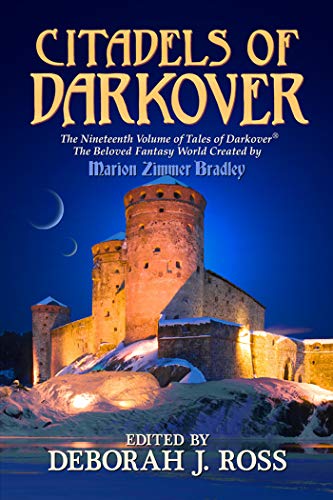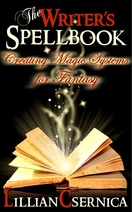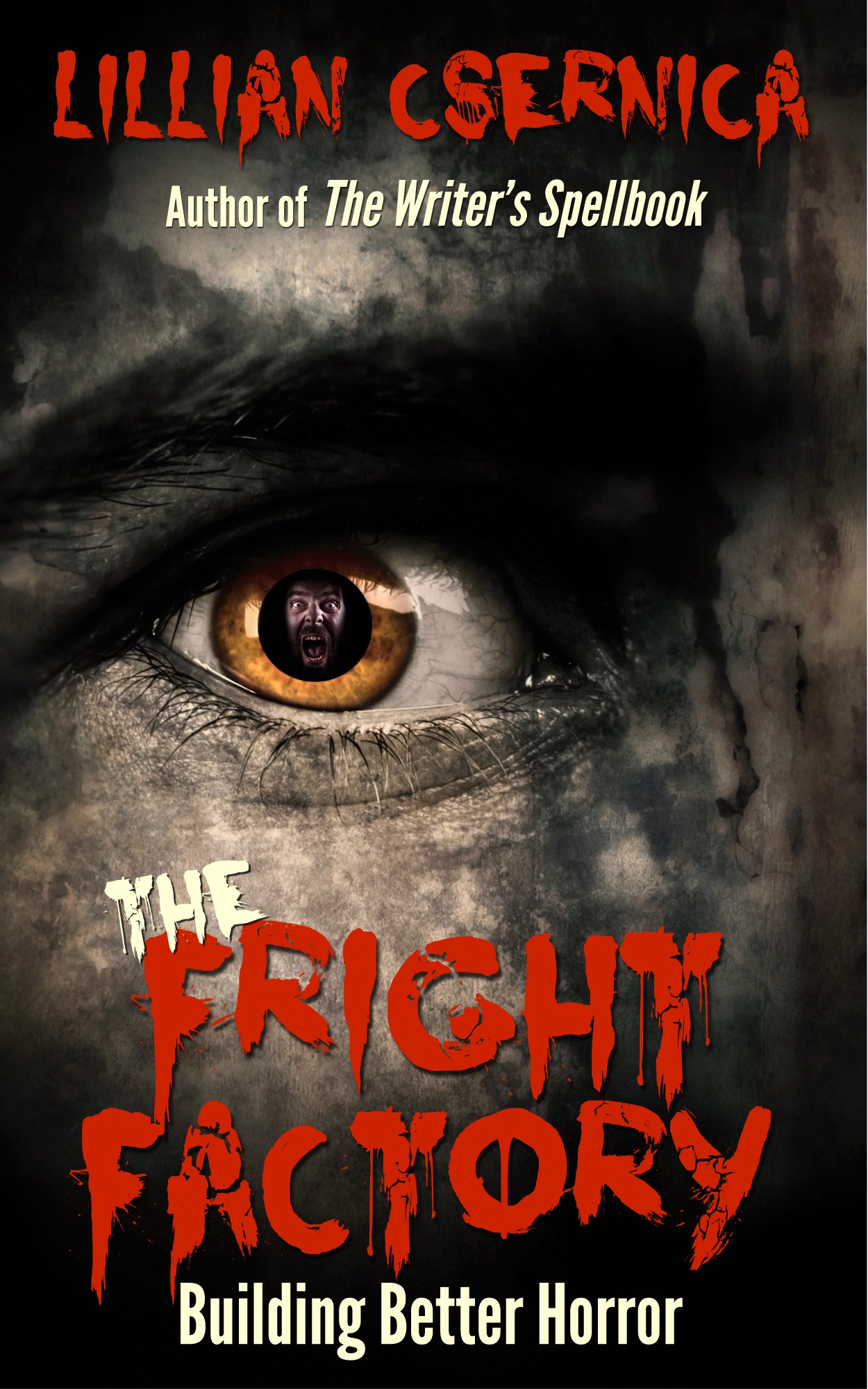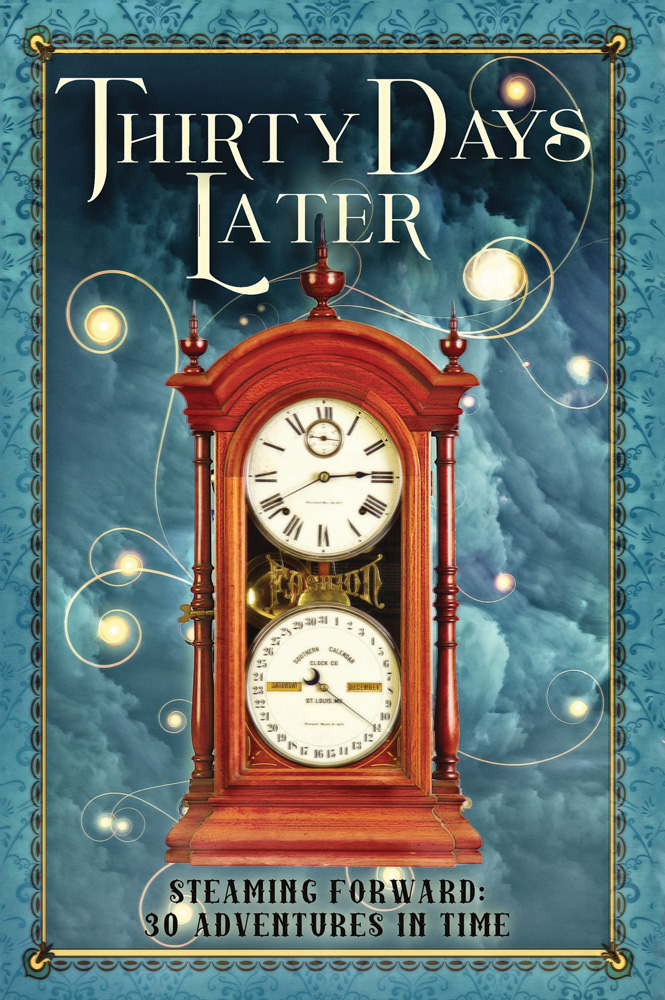by Lillian Csernica on April 13, 2019

One of the key ideas in retail success is “Location, location, location.” Put your business in the right place, where the right customer base will find you, and you stand a much better chance of making a profit.
When writing stories, your setting is a vital element. I see a lot of stories with complex worldbuilding, but the setting is more like stage scenery or a rack of props. Where you locate your story, or which locations appear in your story, can be just as powerful a story element as plot or character.

Consider some famous settings:
Mars — The Martian
A train — Murder on the Orient Express, Strangers on a Train
A bus — Speed
A deserted island — Robinson Crusoe, Lord of the Flies

These settings have crucial aspects in common:
- The physical location is very limiting, requiring quick thinking and immediate adaptation.
- The main character is trapped in that setting. There is no easy way out.
- The stakes are life or death.

When I write historical fiction, location encompasses not just the physical setting but the time period as well:
Fallen Idol starts out in a mall food court, an ordinary, modern, nonthreatening setting. The main character, a photographer, notices a girl with elaborate and dramatic makeup. The rest of her skin is completely covered up by layers of clothing. The photographer follows this girl to a creepy abandoned factory, full of strange foreign folk art, where the rest of the story, rooted in a famous historical conflict, takes place.
Saving Grace is set in a chateau on a pilgrimage route in 14th Century France. The main character fled Russia during the Tatar invasion. She is a vampire. That makes daily living hard enough. She is also a member of the Russian Orthodox Church. At this time most of the Western world was controlled by the Pope of Rome. That puts my heroine in constant danger of arrest as a heretic and schismatic. That meant being burned at the stake.
The Kyoto Steampunk stories take place in Kyoto 1880. Dropping a Victorian physician into an Oriental environment where he can’t speak the language and knows nothing about the social protocol makes every problem I give him twice as difficult.
Make the most of your fictional location. It can make a huge difference!





















One of my favorite reviews ever talked about how my descriptions of New Orleans made the person want to visit — because I treated my setting as a character.
Nice post, Lillian … and one with which I concur wholeheartedly.
LikeLiked by 1 person
Thank you, Sharon. I must make a new TBR pile built of your books.
LikeLiked by 1 person
Thanks for the rich description of the importance of setting. Every bit of wisdom helps me in my writing journey. All the best!
LikeLiked by 1 person
And to you as well!
LikeLike
Location can indeed do many things to shape a story. It’s why I love to travel, and to poke my nose into odd corners when I do. Otherwise, I would never have found out about the inn in Hatfield, England that was once a brewery and still has its own underground tunnel for delivery of barrels of ale to the Old Bishop’s Palace = the home of Elizabeth I during those anxious years when she was waiting to see whether her sister Mary would chop her head off or bequeath the young Tudor princess her royal domain.
LikeLiked by 1 person